O. Winston Link (1914 – 2001) was an American photographer who was commonly known for his pictures and sound recordings of steam locomotives in their final years before their decommission. As a teenager, Link developed an interest for photography and train locomotives in rail yards. During the great depression, he graduated from the Polytechnic Institute of Brooklyn with a degree in civil engineering. He took on the job as a photographer for a public relations firm, and it was then that his lifelong career in photography began.
When he began taking photos at the Norfolk & Western railway during the late 1950s, he notice that taking photos at night prove to be a lot better than taking daytime pictures since the black and white photos at the time came out looking dirty and grey. The nighttime shots gave the subjects in his pictures a clearer look with the smaller light sources in front of a totally black background. This being the 1950s however, meant that owning a car was in popularity, so no one was really interested in trains from the decades prior, but this didn’t seem to stop Link, as he continued to take more photos of trains at night, and other pictures of trains passing by drive-in movie theaters, and crossing a bridge above children bathing.
I chose this photographer because I also have an interest for trains. After looking through a handful of his sample works, I really like the way how his pictures look at night. You are really able to see the trains and the steam that they produce. In a dark environment with minimal light sources, the subjects that accompany the image, and the lack of color, it makes for some stunning visuals for its time.
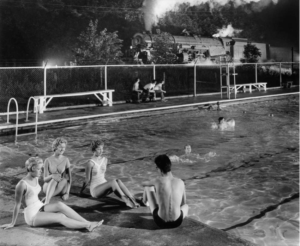
Swimming Pool (Welch, West Virginia) 1958
This picture above was taken at a public swimming pool in Welch, West Virginia. Perhaps it was shot from one corner of the pool or at a certain spot where the photographer can’t be seen. As for the stuff that we see in this photo however, we see the nighttime image of a steam train passing by in the background while the foreground consists of a public swimming pool. Perhaps there’s a party going on or the pool is open after hours. In the pool we see a bunch of youth hanging about, like any other young social groups at the time. We see people chatting at the sides of the pool and some people swimming too.
What strikes me about this very photo (and a few others as well), is how Link captures shots of trains in certain activities or scenarios. Like I said before, some of his photos or of shots of trains passing by drive-in movie theaters, or kids playing in the lake while a train passes on a bridge above. To some viewers, they might find this to be a bit confusing, trying to compare the train and the public swimming pool. But the convenience of it all makes for a pretty unique picture.
How I can relate to this picture is that it shows what life was like back in those times. Considering that this was in the late 1950s, about more than a decade since the second world war ended, you really see that some parts of the world are slowly healing from the destruction that was caused. If you were to briefly set aside all of the racial and political conflicts the United States was going through at the time, you can genuinely see that people just want to have a good time. This would’ve been our grandparent’s generation in their younger years (baby boomers), and I think that’s what the photographer was trying to show. The youth generation of that time period showing their good side; just wanting to have a good time, even if it’s to the expense of the old phasing out, or the fear of missing on how things use to be. In the end of the day, every generation has its renewal.
I think a great use of juxtaposition and background/foreground relationships are being used here. When we look at this photo, there’s practically a bunch of stuff going on like the fact there’s a public swimming pool right next to a railroad. We try to look at the train but the people in the pool distracts us in a way. I mean, don’t you ever wonder why they would even construct a town swimming pool right next to active train tracks? What happens if something got lost on the other side, or if the smoke of the trains can pollute the pool? Doesn’t the train just cause a loud ruckus when some people just want the peace of silence? But I guess that’s just the juxtaposition of it all, that some people I guess enjoy the scenery of a train passing while you’re playing in the pool. It’s not uncommon for trains to pass by parks or attractions at any given time of day or night.
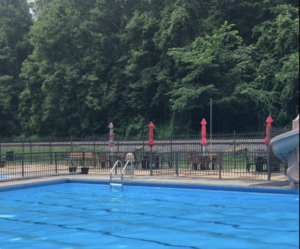
This is Linkous Park Pool. This is what the location looks like today.
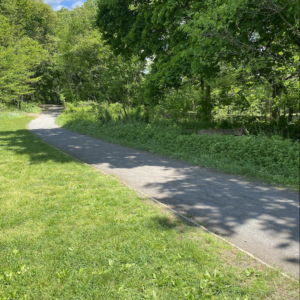



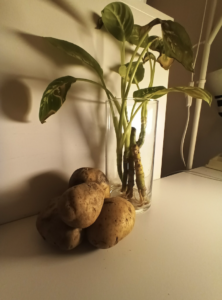
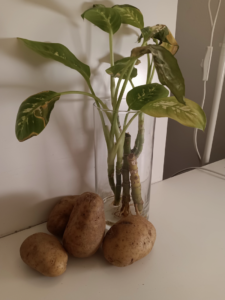
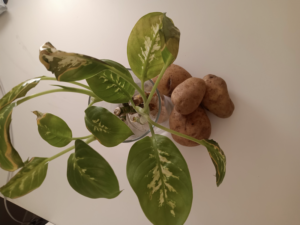

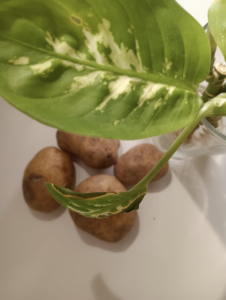




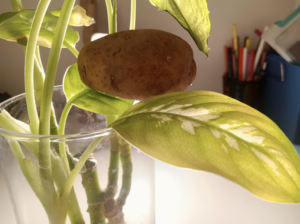
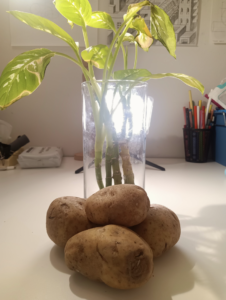
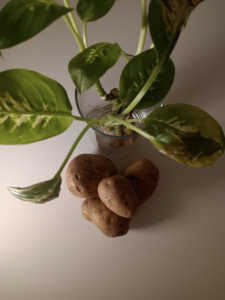

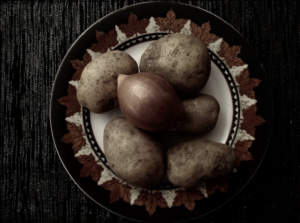


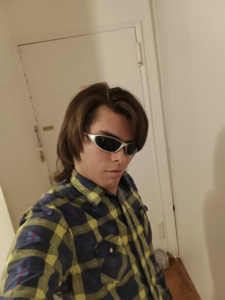
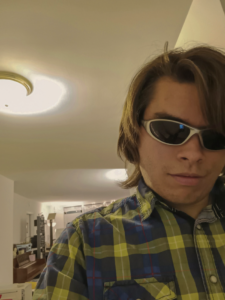




Recent Comments